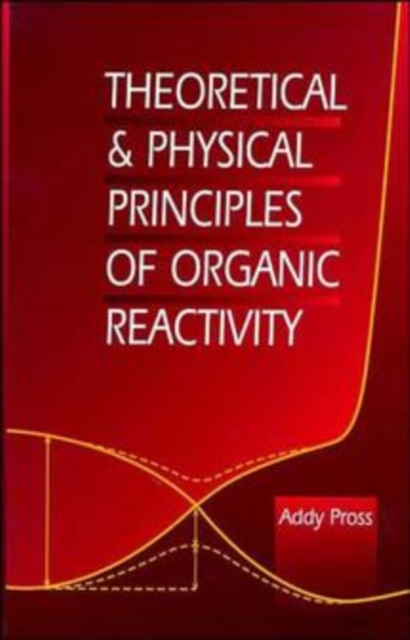
Theoretical and Physical Principles of Organic Reactivity Hardback
by Addy (Ben-Gurion University of the Negev, Beer-Sheva, Israel) Pross
Hardback
Description
Traditionally, physical organic chemistry and theoretical organicchemistry have been treated as separate disciplines.
This new bookbridges these two areas in order to give the reader a newperspective on the nature of organic reactivity.
A key element ofthis new approach is the author's extensive nonmathematicaldescription of the recently developed curve-crossing model thatdescribes why chemical reactions have an activation barrier, andspecifies the factors that govern the barrier heights.
In addition,the author draws from physical chemistry and transition-metalchemistry to present an original and detailed description ofelectron transfer theory, and covers the recent discovery that theelectron transfer process is intimately related to many basicorganic processes. This book has been divided into three parts to facilitate itsmixture of classical organic chemistry with new and establishedtheoretical ideas.
Part A presents an introductory description ofmolecular orbital and valence bond theories with emphasis on thequalitative aspects that can be applied to practical problems inorganic structure and reactivity.
Part B describes the keyprinciples of physical organic chemistry and incorporates a mainlyqualitative description of the Marcus theory of electrontransfer. Building on the theoretical framework developed in parts A and B,part C offers an overview of the basic reactions of organicchemistry: nucleophilic and electrophilic substitution, and radicaland pericyclic reactivity.
In addition, part C clearly explains themost recent unifying description of organic reactivity for organicchemists and for graduate and advanced undergraduate students.
Information
-
Available to Order - This title is available to order, with delivery expected within 2 weeks
- Format:Hardback
- Pages:312 pages
- Publisher:John Wiley & Sons Inc
- Publication Date:06/11/1995
- Category:
- ISBN:9780471555995
Information
-
Available to Order - This title is available to order, with delivery expected within 2 weeks
- Format:Hardback
- Pages:312 pages
- Publisher:John Wiley & Sons Inc
- Publication Date:06/11/1995
- Category:
- ISBN:9780471555995






